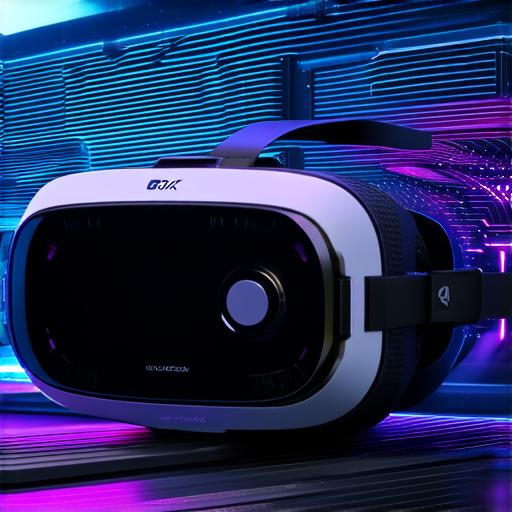Augmented reality (AR), virtual reality (VR), and mixed reality (MR) are rapidly evolving technologies that have the potential to revolutionize many industries. These immersive experiences allow users to interact with digital content in a more natural and intuitive way, making them an increasingly popular choice for gaming, education, and training. In this article, we’ll explore some notable examples of AR, VR, and MR, as well as the potential benefits and challenges associated with each technology.
AR: Augmented Reality
Augmented reality is a technology that superimposes digital content onto the real world. It enables users to view and interact with virtual objects in their physical environment, providing an immersive experience that can enhance learning, entertainment, and more.
Pokémon Go
Pokémon Go is a popular mobile game that uses AR technology to allow players to catch virtual creatures called Pokémon in real-world environments. The game has been downloaded by millions of people worldwide and has become a cultural phenomenon, demonstrating the power of AR to engage users and create shared experiences.
Snapchat Filters
Snapchat filters are a popular use case for AR technology, allowing users to add virtual objects and effects to their photos and videos. These filters have become an integral part of Snapchat’s identity, providing a fun and interactive way for users to share their experiences with friends and followers.
IKEA Place
IKEA Place is an AR app that allows users to preview furniture and decor items in their homes before making a purchase. The app uses AR technology to enable users to see how different products would look in their space, providing valuable information that can help them make more informed decisions about their purchases.
Magic Leap
Magic Leap is a company that develops AR hardware and software, creating immersive experiences for businesses and consumers. The company’s flagship product, the
Magic Leap
One, uses advanced AR technology to enable users to view and interact with digital content in their physical environment. The device has been used in a variety of industries, including gaming, education, and training.
ARKit and ARCore
ARKit and ARCore are software development kits (SDKs) that allow developers to create AR experiences for iOS and Android devices, respectively. These SDKs have become popular tools for game developers and other creators who want to bring their ideas to life in the real world.
AR-enabled Medical Procedures

AR technology has also found applications in healthcare, allowing doctors and surgeons to perform complex medical procedures with greater accuracy and precision. For example, the University of California, San Francisco (UCSF) uses an AR headset to guide surgeons during brain surgery, enabling them to see important anatomical landmarks and reducing the risk of complications.
AR-enabled Retail
AR technology is also being used in retail to create more engaging shopping experiences for customers. For example, the furniture retailer IKEA has developed an AR app that allows customers to visualize how different pieces of furniture would look in their homes before making a purchase. Similarly, the clothing retailer H&M has developed an AR app that enables customers to try on clothes virtually, providing a more personalized shopping experience.
VR: Virtual Reality
Virtual reality is a technology that creates a completely immersive environment for users, allowing them to feel as though they are physically present in a different location or time period. Some notable examples of VR include:
Oculus Rift
The Oculus Rift is a popular VR headset that allows users to experience virtual environments in a fully immersive way. The device has become a popular choice for gaming, education, and training, providing users with a unique and engaging experience.
HTC Vive
The
HTC Vive
is another popular VR headset that offers a similar immersive experience to the Oculus Rift. The device has also found applications in fields such as healthcare, entertainment, and education.
PlayStation VR
PlayStation VR is a VR headset developed by Sony that allows users to experience virtual environments while playing games on their PlayStation console.
